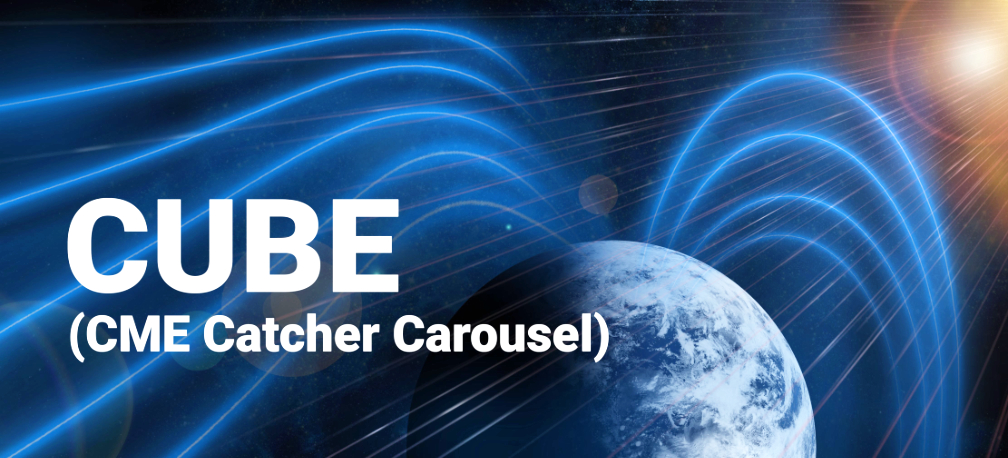
INAF (ISTITUTO NAZIONALE DI ASTROFISICA), POLIMI (Politecnico Milano), SkyLabs d.o.o., TU Delft, University of Maribor, University of Trento, have joined in a consortium of research institutes, universities and industry, and have won the tender “Space Weather Monitor Nanosatellites” published by the European Space Agency (ESA) with a project proposal called CUBE (CME Catcher Carousel).

The consortium was formed from the key partners of the HERMES pathfinder project, extended to include experts of Space Weather. It brings together scientific and technological competence, which have been identified by ESA with breakthrough ideas that will form the scientific pathfinder in the field of space weather observation activities under the auspices of ESA.
The objective of the ESA competition is to study and develop possible solutions for effective space weather monitoring and its hazards by developing dedicated smallsats as a foundation of a future constellation of satellites.
The solar wind is the ultimate source of energy and is responsible for virtually all magnetospheric dynamics. Describing and quantifying the solar wind energy transfer to the Earth’s magnetosphere-ionosphere system is one of the fundamental questions in space physics.
The main objective of the proposed future CUBE constellation is to identify incoming Coronal Mass Ejections (CME) and solar energetic particle (SEP) events, measure them at different magnetospheric locations and altitude to quantitatively understand the energy transport toward the Earth. One of the objectives is also to study the SEP penetration in the magnetosphere, ionization of the ionosphere and oscillations of the magnetic field during SEP events.
According to baseline mission analysis, two 6U spacecraft on circular SSO, and six 12U spacecrafts on a highly energetic circular orbit — 60,000 km. radius around and phased 60 degrees away from one another — are planned for the first phase. All units will be equipped with magnetometers and particle monitors capable of measuring proton and electron spectra from a few tens keV to a few hundred MeV, and particle velocities.
Mission study began in April of 2022 with an estimated duration of 10 months, which means completion by the beginning of February 2023. By collaborating with ESA, members of the consortium will combine knowledge, experience and solutions to lay the scientific pathfinder for the future activities in the field of space weather as well as for all other future ESA activities, which may become feasible in the following years.
